
Understanding the 4Cs - Our Tips for Buying Diamond Jewelry
Written by Ciaran Vipond on Jul 31, 2019 | 0 Comments
It may sound like the name of an old Motown group, but those who have purchased a piece of diamond jewelry before may be familiar with the 4C’s. Standing for cut, karat, clarity, and color they are the key pieces of information used in determining the value of a diamond.
Developed in the 1950s by the Gemological Institute of America (GIA), they are still used to this day as a standard of diamond quality and are certainly factors to consider when you are buying a piece of diamond jewelry.
Hard Diamonds
Diamonds may be the hardest naturally occurring material on Earth. They are 58 times harder than anything else found in nature! But understanding them needn't be. Many people are somewhat unsure about what to consider in buying a diamond, particularly a larger stone, but if you know the 4C’s you are well on your way to making a confident and well informed purchase.
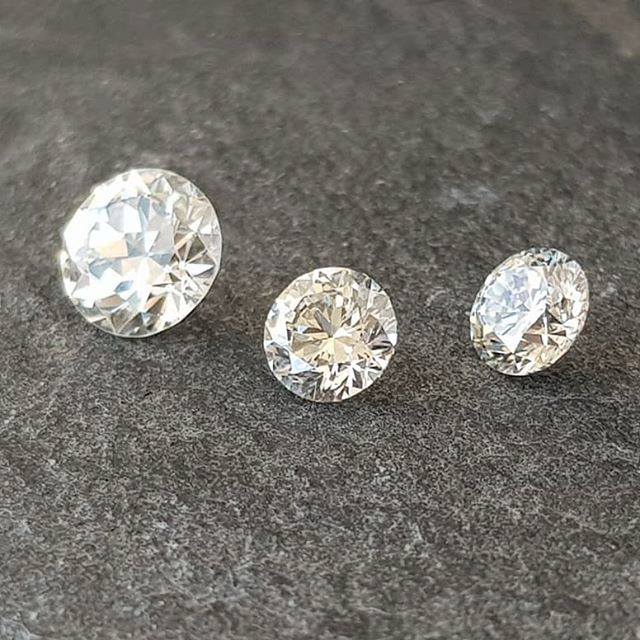
Cut - the key to sparkle
For a larger diamond, the cut is key and this is where it can be valuable to focus. That beautiful diamond sparkle is actually down to how it is prepared from the “rough” stone to a precious gem. The size, shape and angle of each polished face on a cut diamond will play a part in how much light it retains and so how beautiful and sparkly it looks.
The goldilocks, 'just-right' cut will trap light in the stone causing it to bounce around giving it fantastic sparkle and the classic scintillation, fire, and flash of diamond. The spectacular fire of this heart-shaped diamond at the center of this stunning platinum claddagh wedding set illustrates these features beautifully.
Round “brilliant cut” diamonds are the most popular shape and cut for engagement rings and other diamond jewelry. But other “fancy” shapes and cuts including the oval, pear-shaped, heart-shaped, and princess cut are gaining in popularity and bring a personal style to jewelry.
Our Diamond Buying Pro-Tip
If you want maximum sparkle for a diamond of 1 karat or above look for a cut of “good” or higher. A “very good” cut balances the beauty of the stone against cost. We only use "very good" or "excellent" cut stones in our diamond engagement rings.

Karat - Size does matter...
But not as much as you would think! Diamonds are sold by weight. The unit of weight for diamond is the karat (shown as ct.). The word "karat" is a throwback to when diamond traders used carob seeds for measuring the weight of a diamond!
Measurements today are thankfully a bit more precise! But the name stuck and one karat is exactly 0.2 grams or 200 milligram - about the same as the average raindrop.
Measurements for diamonds that are smaller than one karat can sometimes be referred to as points. The diamonds set at the center of these earrings are "pointers" and add a lovely sparkle to the design.
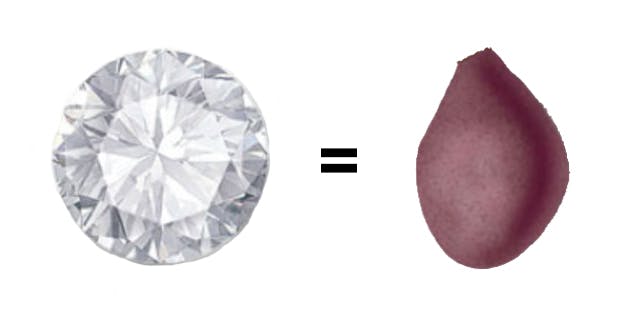
Each karat is made up of 100 'points’ allowing very precise measurements to the hundredth decimal place. So a diamond that is 0.5 karats could be referred to as a “fifty pointer”, or a half karat. A 0.25 karat diamond could be called a 'twenty-five pointer" or a quarter karat.
This ring really is more than the sum of it's parts with 3 diamonds and a design inspired by the Book of Kells. With a 1/2 karat or 50 pointer diamond flanked by two 0.24 karat or 24 pointer diamonds the total karat weight is 0.98 making a striking ring with real impact.
All else being equal, the price of a diamond increases with karat weight. But two diamonds of exactly the same karat can have drastically different values. Differences in the quality of the cut but also the color and clarity can have a real impact. So size does matter but it is not all about the karat weight.
Our Diamond Buying Pro-Tip:
Two diamonds of almost exactly the same size might have very different prices. Particularly if they are just over a “magic” karat weight. A 1 ct. Diamond will cost considerably more than a comparable diamond of 0.9ct. Even though the two stones might look exactly the same size to the naked eye, because there is a higher demand for 1 ct. stones than those that are 0.99 ct there is a considerable difference in price.
So to maximise size for your budget, we suggest you look for stones just under the karat or half karat measures. Many “fancy” cut diamonds will also maximise the appearance of size without inflating the budget too much! Equally smaller “pointer” stones set close together in a Pave setting can give a wonderful sparkling effect again without as weighty a price tag as a single large stone.
Clarity - Not as critical
The natural formation of diamonds at intense pressure and temperature deep in the earth can result in tiny internal structures and features called inclusions or blemishes. Each diamond will have a pattern of inclusions or blemishes unique to that stone and can even be used like a fingerprint to identify particular stones.
No naturally formed diamond is perfectly pure despite what you may have heard about "flawless" diamond. The closer a stone comes to flawless, the higher its value given the rarity of very pure naturally formed diamond. The Gemological Institute of America has six categories for clarity and require the use of microscopes with 10x magnification to map and identify them. But to the naked eye, 5 of these 6 grades can look quite similar.
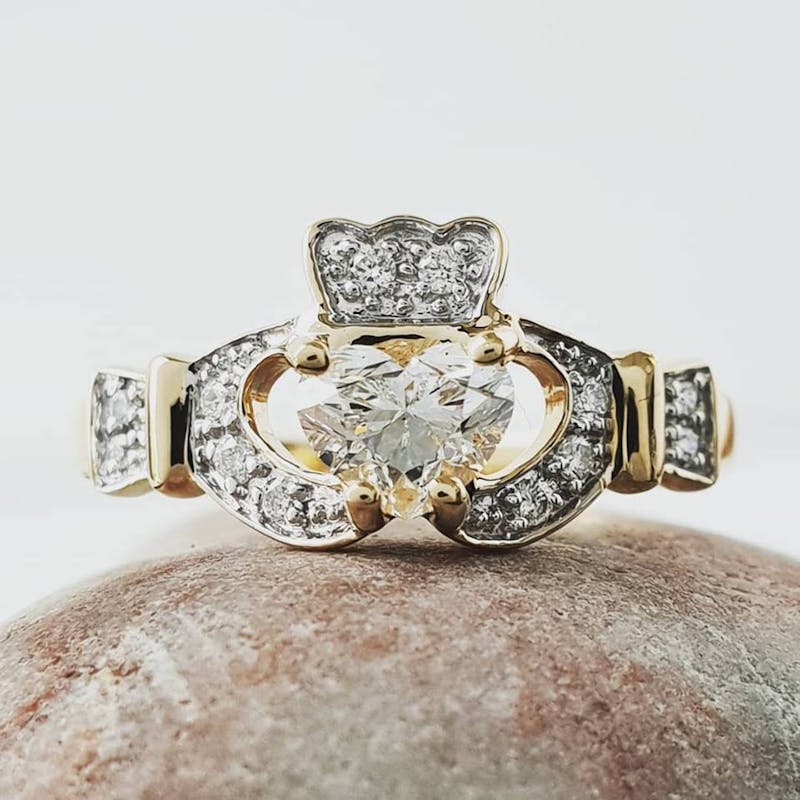
Our Diamond Buying Pro-Tip:
Unless you plan on looking at your diamond under 10x magnification on a regular basis, prioritising clarity may not be the best way to maximise the size or sparkle of your stone for your budget. We suggest focusing on a good cut or a higher karat weight. Stones that are “Slightly Included” or above will look similar to the untrained eye, all other things being equal. We use only "very slightly included" or VSI grade diamonds or above in our diamond rings to maximise other factors like cut and clarity vs cost.
Color - go fancy or none at all
This is a funny one as what people often look for here is an absence of color. A pure diamond has no color and has a corresponding higher price. The scale is alphabetic - starting at D for colorless diamonds with increasing color through to Z with strong yellow or brownish hues. The scale starts at D to avoid confusion with older loosely applied scales that used the letters A, B and C.
As it is for clarity, many of the color distinctions on this scale are so subtle that they are pretty much invisible to the untrained eye. But this all goes out the window for those looking for "fancies" - diamonds with a natural pink, blue, yellow, black or grey color. Prices for these stones, especially pink or blue can be quite considerable as they are exceedingly rare.
Our Diamond Buying Pro-Tip:
Though you may not see the difference in color between a D and an E stone you will notice it in the price! So again it can be worth prioritising cut and karat over color as these features will be ones you notice. If you want to maximise size for your budget, steering clear of fancies like pink or blue diamonds is your best bet.
And if you are looking for a pop of color, a precious stone like an emerald, sapphire, or ruby are all fantastic options.
So it is all about the 2 S’s!
Hopefully you now have a good idea of what the 4C’s entail. And from the information above you may have gathered that really the two factors to focus on are the two S’s - Sparkle (Cut) and Size (Karat Weight).
Ask for Help
Of course you can also ask for expert help in these decisions. When we are selecting diamonds for our jewelry we do the leg work for you maximising size and quality of cut without compromising color or clarity. And we have GIA certification for the natural diamonds we use in our designs so you know the history of the stone in your jewlery and can be confident in your purchase.
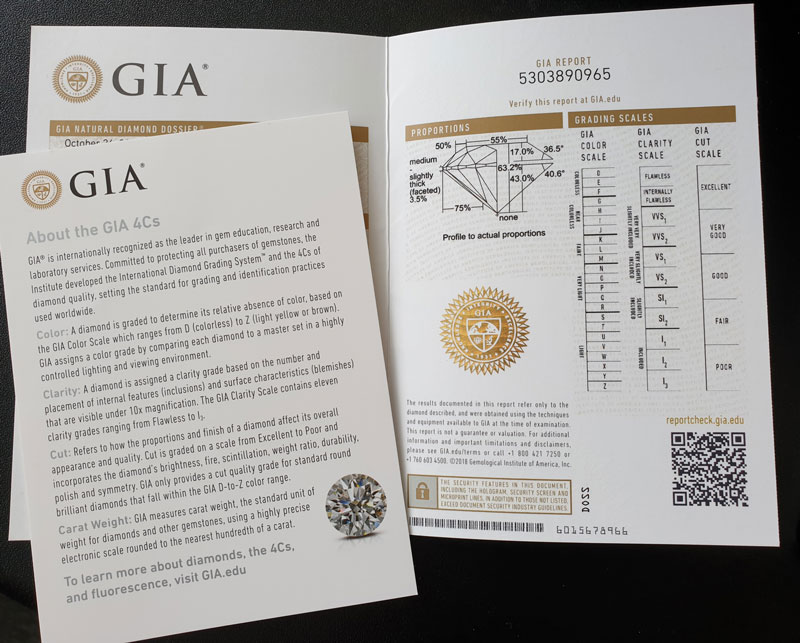
So all you need do is focus on what sort of design you would like! Please do get in touch by email, phone, or by booking a virtual appointment if you would like our assistance in selecting a piece. We would be delighted to use our 50+ years of experience to help you find that perfect diamond.
Put Your New Skills to the Test
Get In Touch
Have a question or something you're not entirely sure about when browsing our pieces? Please reach out. You can send us a note or give us a call—the Dublin workshop is here to make sure that you have a perfect experience from start to finish with My Irish Jeweler.
Follow us on Facebook and Instagram, to see what's new and upcoming. Join our Email list for early offers and special features.

Ciaran Vipond
My Irish Jeweler
Born in Co. Antrim and reared in Dublin, I was fascinated with Gaelic culture from an early age. I suppose it's not surprising given my mother inherited a grá for the Irish language from my grandfather, an Irish school headmaster. And that grá continues! My brother and sister are now Gaelic teachers here in Ireland, my niece is an award winning Irish dancer, and I proudly work to share Irish culture through our Irish and Celtic Jewelry at My Irish Jeweler!
I love researching and reading about the history of Irish design. It's at the core of what we do here at My Irish Jeweler. I find much of it so interesting that I have to share what I find. I hope you enjoy it!
Comments

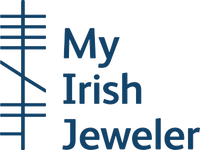

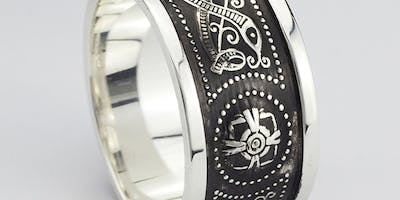

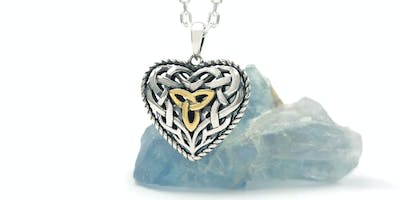
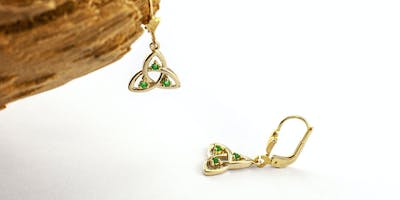

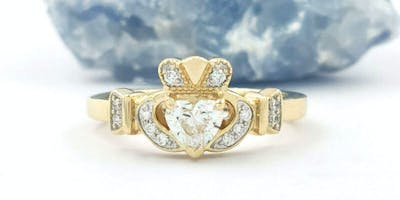
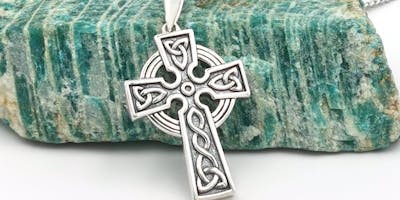
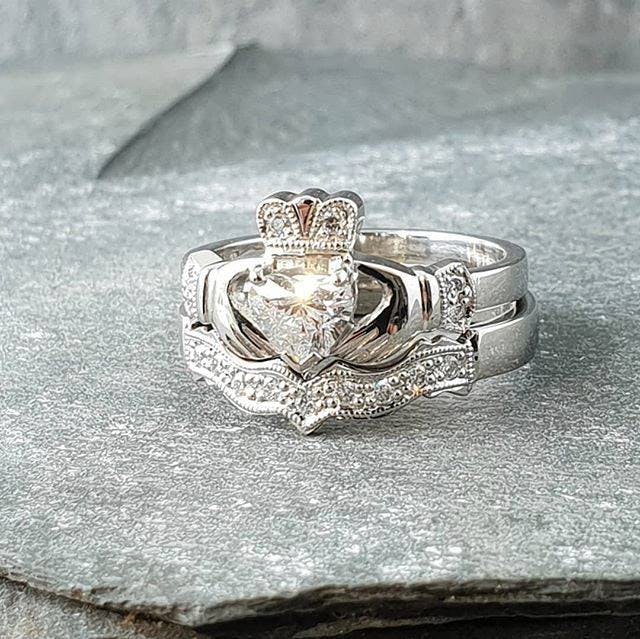

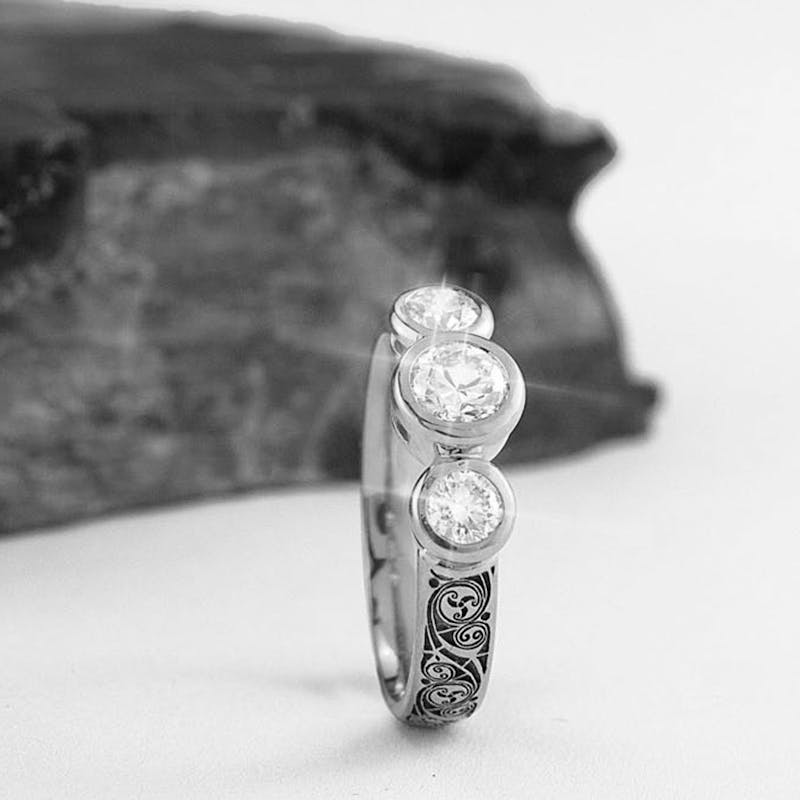
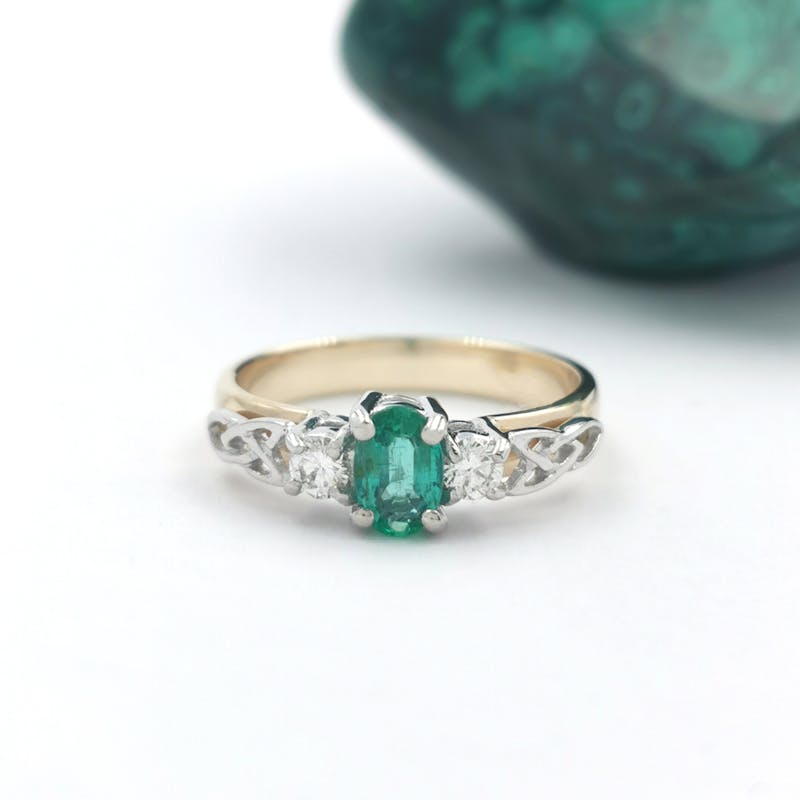


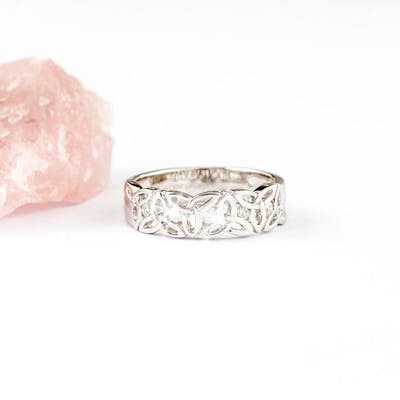
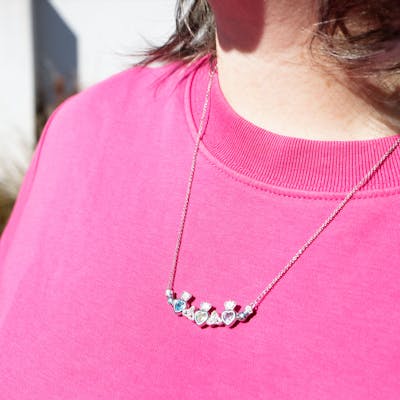


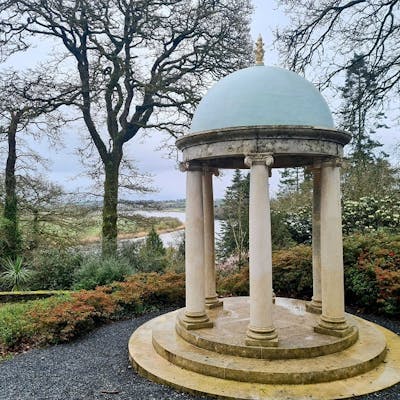
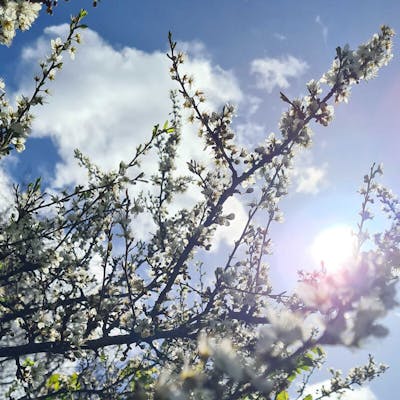
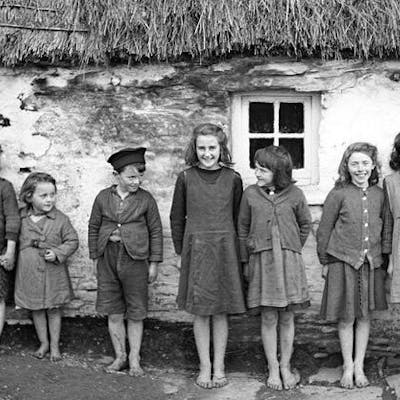
 Ask Gemma
Ask Gemma